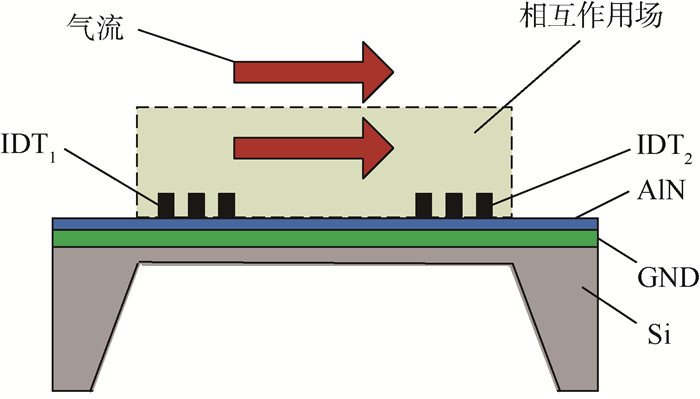Based on the capacitively coupled contactless impedance detection sensor with radial structure, a new method for the flow pattern identification of ductule gas-liquid two-phase flow is proposed by using wavelet packet analysis and K-means algorithm. Firstly, the real part and the imaginary part of the electrical impedance signal, which can reflect the information of the measured fluid, were obtained by using the developed capacitively coupled contactless impedance detection sensor. Then, the real part of signals and the imaginary part of signals were decomposed into 4 sub-bands by wavelet packet decomposition technique, and energy distributions of different frequency ranges were calculated. By combining the mean and variance of the real part and the imaginary part of the signal, the feature vectors was constructed. Finally, using K-means algorithms to do pattern classification, the flow pattern identification model was built. Experiments were carried out in small glass pipe with different inner diameter of 3.5 mm and 5.5 mm. The results show that the developed capacitively coupled contactless impedance detection sensor, which can obtain the information of the fluid flow, is successful, the proposed flow pattern identification method is effective, and the accuracy of flow pattern identification can be above 88%.





